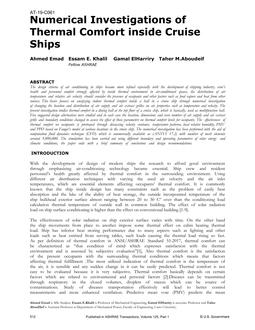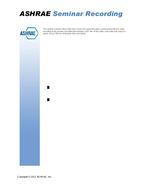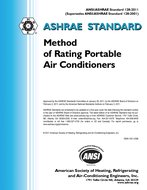The objectives of air-conditioning system duct design can be stated rather succinctly. They are simply to move the required quantity of air to the required number of terminals efficiently and quietly. It should be noted that "quietly" does not mean without sound. Most buildings depend on the air-conditioning system for some degree of masking; therefore, the acoustical design of a duct system involves obtaining not only a proper relative sound level, but also a proper frequency balance. Too much low-frequency rumble or high-frequency hiss can cause a space to be objectionable. (The NC curves are frequently used as acoustical criteria for air-conditioning system design. When the spectral shape of the NC curves are approximated by the sound·level from an air-conditioning system, the result is a nonobtrusive background level. From this, it becomes obvious that there are both aerodynamic and acoustical implications in duct design. Duct elements that are inefficient aerodynamically should be avoided; similarly, duct elements that are acoustically undesirable should also be avoided. Generally, there is a correlation between these two objectives. Aerodynamic efficiency is usually achieved .bY uniform velocity profiles, elimination of abrupt or hard flow conditions, i.e., turbulence generating, and duct fittings. Excessive pressure drop and turbulence are manifested in high regenerated noise levels, duct wall pulsation, etc. The lack of aerodynamic efficiency and the magnitude of the acoustical ramifications becomes of far greater concern on today’s medium- and high-pressure systems. The purpose of this paper is not to.discuss aerodynamic design of ducts, but rather, to examine appropriate acoustical considerations of air-conditioning system duct design. It will be shown, however, that the two are inseparable.
Duct systems are classified according to velocity and static pressure. For our purposes here, low velocity will refer to velocities below 2000 fpm; high velocity will refer to velocities above 2000 fpm.
Citation: Symposium, ASHRAE Transactions, Volume 81, Part 2, Boston, MA
Product Details
- Published:
- 1975
- Number of Pages:
- 6
- File Size:
- 1 file , 1.6 MB
- Product Code(s):
- D-BO-75-06-4


